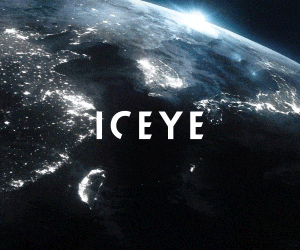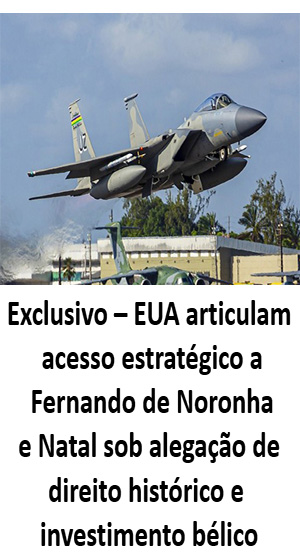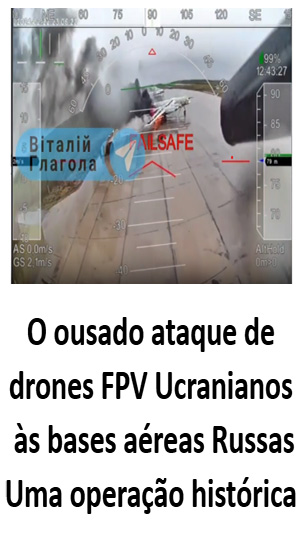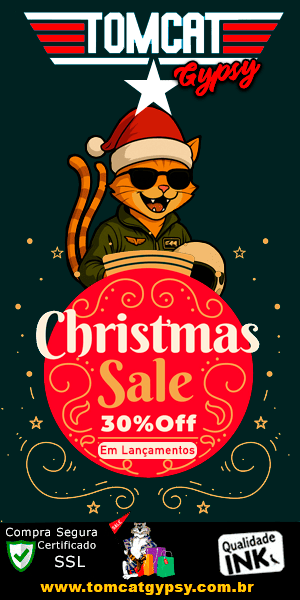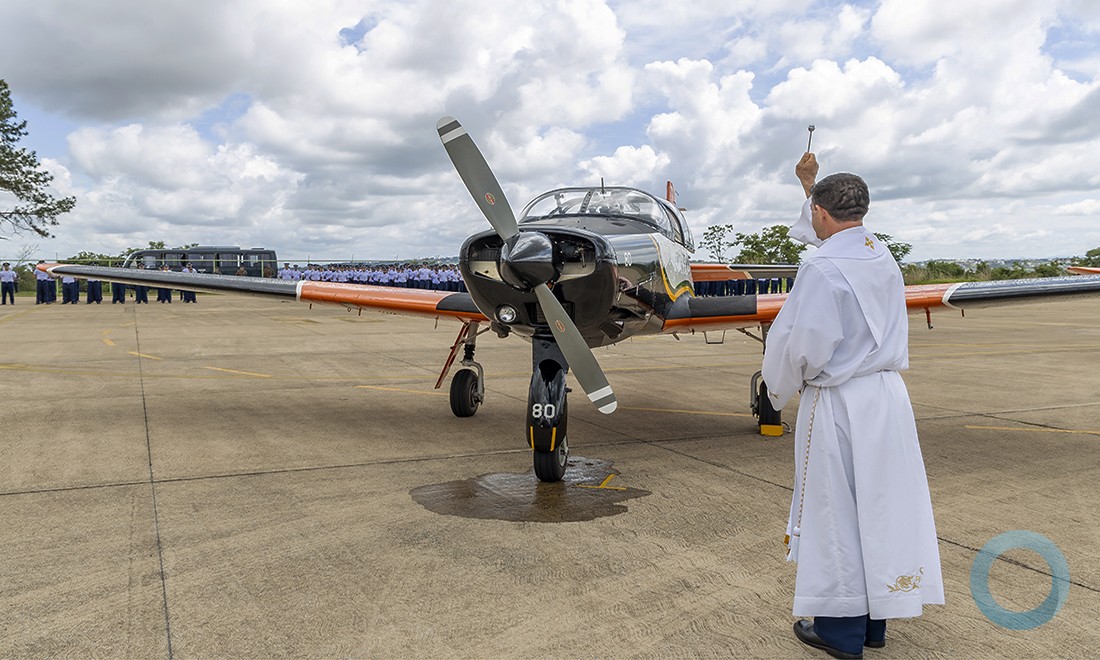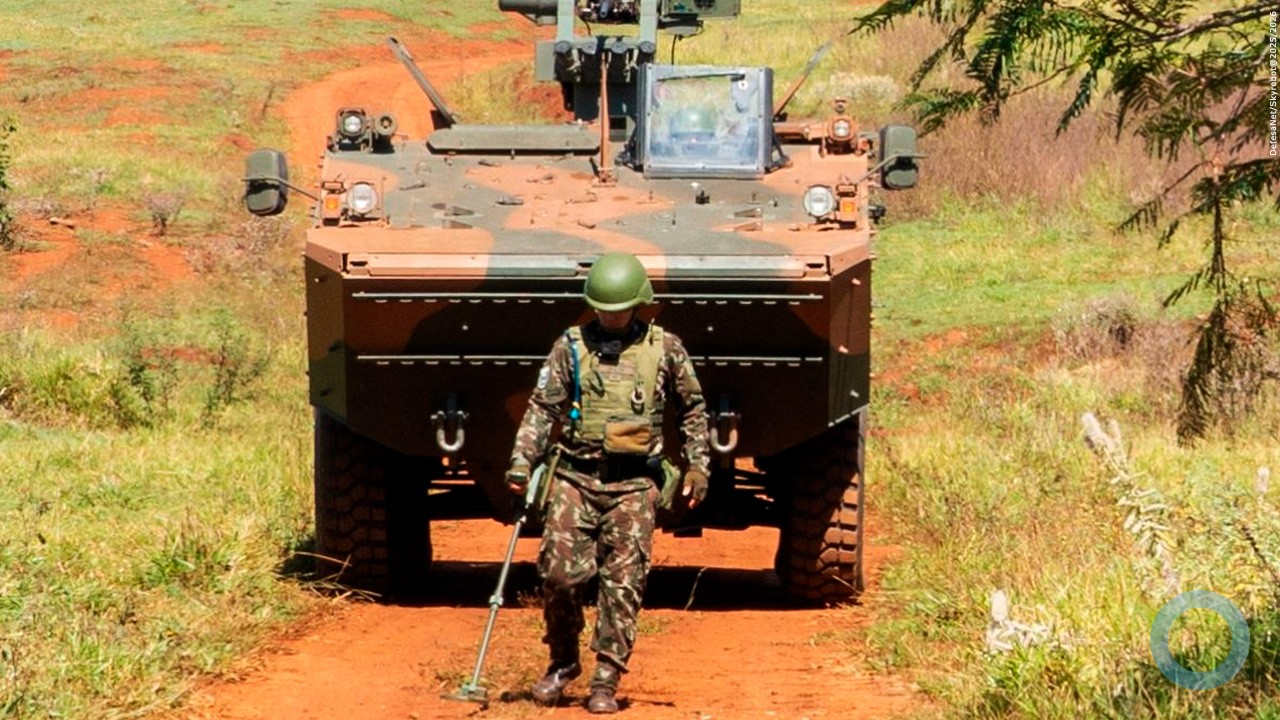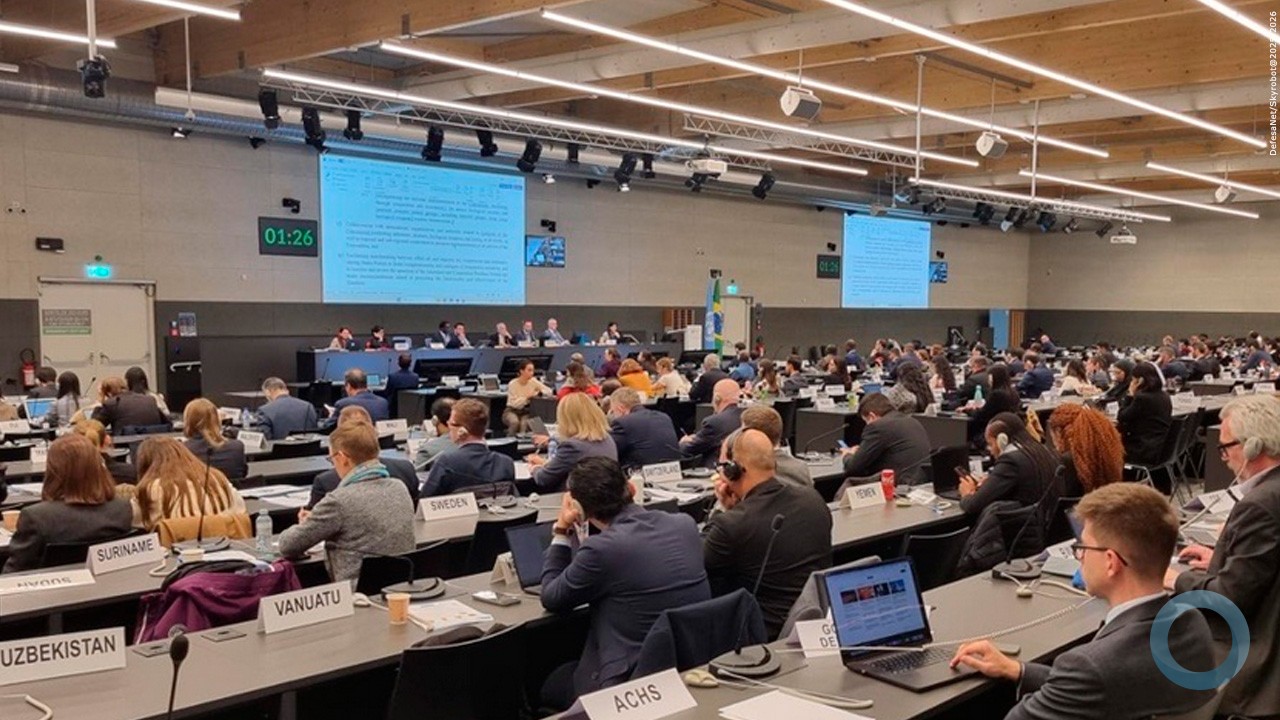Wilson Aquino
From the rice and beans served each day to the Troops in the barracks to the rockets produced under the Army’s Strategic ASTROS 2020 Project, all of the items that supply the Ground Force pass through one of the seven Military Organizations (OMs) that make up the Brazilian Army Logistics Support Base (BaApLogEx).
“The base handles the logistics for everything in the supply chain. And if we don’t handle it, it’s because we don’t use it!” said Major General Ronaldo Barcellos Ferreira de Araújo, Commander of the Army Logistics Support Base in Rio Janeiro.
The Military created the Logistics Support Base in 2009 to centralize supply operations for the Brazilian Army and to ensure the Soldiers are always well-equipped.
“Our Army is divided into military regions, each with its own supply needs and its respective depots," Maj. Gen. Barcellos said. "However, there was no organization that supported the Army as a whole.”
To achieve that goal, the Base is responsible for distributing equipment and supplies to Soldiers throughout the country. Brazil is the the fifth-largest country on the planet, covering about 8.5 million square kilometers, so keeping the Troops equipped and supplied is a major challenge. As he spoke with Diálogo , the General awaited the return of a supply convoy from Porto Velho, Rondônia, about 3,500 kilometers from Rio de Janeiro.
“Ammunition, weapons, and some materials that are not available in the north are acquired and delivered in Rio de Janeiro and then transported there,” he said.
Soldiers make the trip from Rio de Janeiro to the north region, which takes 30 to 40 days round-trip, eight times a year. Each convoy is made up of more than 10 trucks, which deliver material to the Military units located along the route. When supply Troops reach Porto Velho, they transfer the supplies from the trucks to barges, which then continue on to Manaus, Amazonas.
“And from Manaus [they continue on] until the city of Barcelos, in Amazonas state,” Maj. Gen. Barcellos explained.
The Logistics Studies Division is deploying the most efficient methods to keep the Army well-equipped and supplied. For example, in the case of supplies sent to the northern region, for example, when the trucks arrived in Porto Velho, they were loaded onto barges to continue along to Manaus. Now, the trucks dispatch the supplies in containers which are transported by barges and then return to the base in Rio de Janeiro.
“That used to require an additional 15 days for a vehicle [truck] that was loaded on the barge,” Maj. Gen. Barcellos said, adding that over the past two years, none of the convoys had been involved in an accident. “That’s the most important thing. It shows that our personnel are well-trained and that safety is of the utmost concern.”
Supplies sent to support MINUSTAH
The Base Command supplies Troops overseas as well as those in Brazil. The Import and Export Division sends supplies to Soldiers serving in the United Nations Stabilization Mission in Haiti (MINUSTAH).
“All of the Brazilian Army assets sent to Haiti are the responsibility of the base. And that’s no small thing. Most recently, we sent 36 new vehicles,” said Maj. Gen. Barcellos, who pointed out that sending so much equipment to another country in a Brazilian Navy ship, “projects power.”
“When we transport a range of vehicles and weapons across 5,000 kilometers with vessels from our own Navy, this sends the message: ‘OK; these guys have the capacity to complete the mission.’ ”
The work of the base is interconnected and flows naturally among the seven OMs that make up the Logistics Support Base.
“For example, all of the weapons and ammunition purchased by the Army are delivered to the Central Weapons Depot at Vila Militar in Deodoro, Rio de Janeiro, and to the Central Ammunition Depot in Paracambi, which is also in Rio,” he said. “Before the equipment is distributed to the Military Regions by the Central Transport Establishment, they are tested by the Weapons Maintenance Battalion.”
Base was instrumental during 2014 World Cup
The base was put to the test during the 2014 World Cup. As greater number of Troops were deployed to provide security, the First Supply Depot in Rio de Janeiro increased its support. Depot Soldiers distributed large amounts of weapons and ammunition including some which were imported from other countries.
“There was a week where our personnel were at the ports and airports every single day,” Maj. Gen. Barcellos said.
At the port, depot personnel quickly unloaded equipment, such as holographic sights, Mossberg 12 caliber rifles, 37mm grenade launchers, then delivered the gear to the Central Weapons Depot in Paracambi, Rio de Janeiro. From there, depot Soldiers quickly distributed the equipment to Troops in the field, sometimes by plane.
Depot personnel are preparing to supply Troops who will provide security for the upcoming 2016 Rio Olympics.
“I’m just talking about the Base Commander’s responsibility, but we know that we’re going to have to support a significant level of Troops who will be deployed to Rio de Janeiro [due to the 2016 Olympics],” Maj. Gen. Barcellos said. The weapons and vehicles currently assigned to the Complexo da Maré Pacification Mission might be utilized. “Everything is done in coordination with the Eastern Military Command. We fit ourselves into their planning.”
Maj. Gen. Barcellos, who has had a wide array of assignments during his 38-year Military career, is planning for at least 90 days of intense work during the Olympics.
“We have to support the Troops before and after the mobilization,” he said. “We cannot suddenly remove thousands of Troops from Rio de Janeiro. You have to return the materials, the facilities … it’s a whole other operation.”













